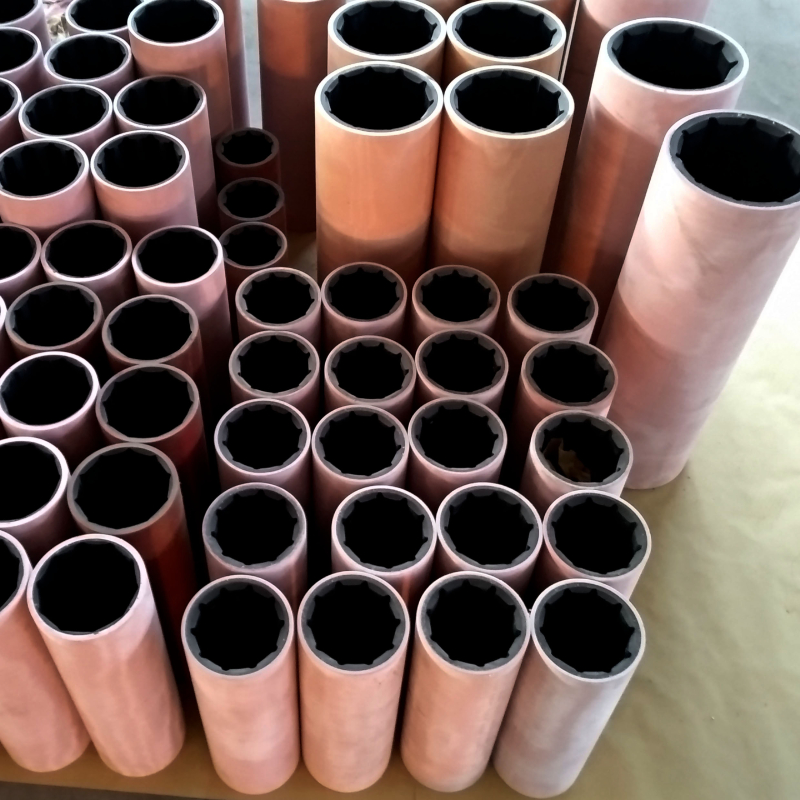oil drain plug replacement
Oil Drain Plug Replacement A Step-by-Step Guide
Replacing an oil drain plug may seem like a small task, but it's essential for maintaining your vehicle's engine health. Over time, the oil drain plug can wear out, become stripped, or develop leaks, leading to potential oil loss and engine damage. In this article, we will guide you through the process of replacing an oil drain plug safely and effectively.
Tools and Materials Needed
Before starting, gather the necessary tools and materials
- A new oil drain plug (ensure it matches the specifications of your vehicle) - Oil drain pan - Socket wrench or ratchet - Torque wrench - Rags or paper towels - Engine oil
Step-by-Step Replacement Process
1. Prepare Your Vehicle Start by parking your car on a level surface and engaging the parking brake. If you’ve just driven your car, allow it to cool down to avoid burns.
2. Lift the Vehicle Use a jack to lift your car and secure it with jack stands. Always ensure your vehicle is stable before crawling underneath.
3. Drain the Engine Oil Place an oil drain pan under the oil pan. Using a socket wrench, carefully remove the existing oil drain plug. Allow the engine oil to fully drain into the pan.
oil drain plug replacement

4. Inspect the Old Drain Plug Once the oil has drained, inspect the old drain plug for wear or damage. If you notice any stripping or cracks, it's essential to replace it.
5. Clean the Area Wipe the area around the drain hole with a rag to remove any old oil or debris. This ensures a good seal when the new plug is installed.
6. Install the New Drain Plug Carefully insert the new oil drain plug into the drain hole. Hand-tighten it first, then use a socket wrench to secure it. Be cautious not to overtighten it, as this may lead to damage.
7. Torque Specification Check your vehicle’s manual for the correct torque specification and use a torque wrench to ensure the drain plug is tightened to the recommended level.
8. Refill Engine Oil After installing the new drain plug, pour the appropriate type and amount of engine oil into the engine. Consult your owner’s manual for specifications.
9. Check for Leaks Start the engine and allow it to run for a few minutes. Check under the car for any signs of oil leaks around the newly installed drain plug.
10. Dispose of Old Oil Finally, don’t forget to dispose of the old oil properly at a recycling center.
Conclusion
Replacing the oil drain plug is a simple yet vital maintenance task that helps ensure your engine runs smoothly. Regular checks and maintenance can save you from costly repairs down the line. By following the steps outlined above, you can perform this task safely and effectively. Always refer to your vehicle's manual for specific guidance tailored to your car model, and enjoy the satisfaction of maintaining your vehicle yourself!
-
Understanding the Front Main Engine Seal: Purpose, Maintenance, and Installation
News Jul.29,2025
-
Understanding O-Rings and Seal Rings: Types, Applications, and Custom Solutions
News Jul.29,2025
-
Understanding Crankshaft Oil Seals: Rear Seals, Pulley Seals, and Their Role in Engine Integrity
News Jul.29,2025
-
The Importance of Front and Rear Crankshaft Seals in Engine Performance and Oil Management
News Jul.29,2025
-
Crank Oil Seals: Functions, Types, and Cost Considerations in Engine Maintenance
News Jul.29,2025
-
A Comprehensive Guide to O-Rings and Seals: Types, Materials, and Global Applications
News Jul.29,2025
-
Mastering Diesel and Performance Engine Maintenance: A Guide to Critical Oil Gaskets
News Jul.28,2025
Products categories















